This article was co-authored by Laura Marusinec, MD. Dr. Marusinec is a board certified Pediatrician at the Children's Hospital of Wisconsin, where she is on the Clinical Practice Council. She received her M.D. from the Medical College of Wisconsin School of Medicine in 1995 and completed her residency at the Medical College of Wisconsin in Pediatrics in 1998. She is a member of the American Medical Writers Association and the Society for Pediatric Urgent Care.
There are 14 references cited in this article, which can be found at the bottom of the page.
This article has been viewed 125,281 times.
Head lice are small parasites found in the scalp that feed on human blood. Head lice do not carry disease or bacteria but can be annoying. You can remove lice and their eggs using over-the-counter medicated shampoos or, if these are ineffective, prescription-strength shampoos and occasionally oral medications. There are also home remedies you can use to treat head lice, but these have not been proven effective in clinical trials. You should also make sure your environment, clothing, and bedding are lice free to avoid a second infestation.
Steps
Seeking Medical Treatment
-
1See a doctor for diagnosis. If you have head lice, you will need to make an appointment with a doctor or at least call your doctor for advice.[1] There are a variety of treatment options available for removing head lice and eggs, and your doctor can recommend the treatment and also give you specific instructions on how to use medicated shampoos or oral medications.[2]
-
2Try medicated shampoo. If your doctor thinks it's safe for you, she will likely recommend an over-the-counter medicated shampoo as your first course of action. Follow all of the label instructions carefully, and ask your doctor if they have any special directions as well.
- OTC shampoos contain a chemical called pyrethrin (or the synthetic version permethrin) which is toxic to head lice. Pyrethrin can cause side effects such as itching and scalp redness.[3]
- Wash your hair or your child's hair with this shampoo. Leave it on as long as the label instructs, and do not use conditioner.[4]
- Some people find rinsing hair with white vinegar after washing helps the treatment work faster.
- You will usually need a second treatment 7-10 days after the first shampooing to remove any new lice that hatch.[5]
Advertisement -
3Ask your doctor about prescription medications. In some cases, lice develop a resistance to OTC shampoos. Your doctor therefore may recommend prescription-strength shampoos to treat the infestation.
- Benzyl alcohol (Ulesfia) is considered safe for children older than 6 months, but it may cause scalp redness or itching. In infants, however, it may cause seizures.[6]
- Malathion (Ovide) is a leave-in treatment that can be used on people age six and older. Do not use this drug with a hair dryer or near fire—it's flammable.[7]
- Lindane can have severe side effects and isn't appropriate for all patients, so it's only used in certain cases when other treatments have failed.[8]
- Rarely, your doctor may prescribe ivermectin, which can be applied topically (Sklice) or given orally.[9]
Wet Combing Your Hair
-
1Learn how to identify lice. If you want to remove lice eggs ("nits") through wet combing, you'll need to learn how to identify lice. Spend some time familiarizing yourself with what head lice and lice eggs look like before wet combing.
- Adult or baby lice are between 1/10 and 1/8 inch long. They're usually gray or tan in color. They cannot fly or jump, but do crawl quickly.[10]
- Lice eggs, or nits, are small and coffee-colored. They can be difficult to remove as they're glued securely to the hair shaft. Empty nits are usually white or clear-colored.[11]
- Use a magnifying glass to help you find lice eggs.[12]
-
2Prepare the hair. Before you wet comb your hair, you'll need to prepare your hair for the process. Brush it with a regular brush or comb to remove any tangles. Cover your hair with conditioner to keep your hair wet.[13]
-
3Comb your hair. Use a fine-toothed comb specifically designed for removing lice for the process (sometimes called a "nit comb"). Separate masses of hair into sections the same width as the comb. This allows you to see and remove lice more easily.[14]
- Comb through one section of hair at a time. Start at the scalp and pull the comb flat against the head. Go slowly, and watch for lice and nits as you comb.
- If you notice any lice and debris build up on the comb, dip it in a bowl of soapy water to remove it.
-
4Clean up. Once you're done, flush the water you used to clean the comb down the toilet. Soak the comb in ammonia water, which is made by mixing one teaspoon of ammonia into two cups of hot water. Check the hair once again for any stray lice or nits. If you see any hairs with lice or eggs, remove them individually using a pair of scissors.[15]
- Continue to wet comb once a week for three weeks, checking for lice. Contact your doctor if you see live lice after three weeks.
Using Home Remedies
-
1Try tea tree oil. While there is no scientific consensus, some research indicates tea tree oil and other natural oils may kill head lice. You can buy tea tree oil at a local health shop or order it online. See if it works at treating head lice.
- Some people are allergic to tea tree oil, so talk to your doctor or test a small amount on your skin for several days before using it. Be especially careful if you're treating a child.
- Before bed, sprinkle a few drops of tea tree oil on your scalp. Put a towel on your pillow and go to sleep, leaving the oil in overnight.
- In the morning, comb your hair to remove any dead lice or eggs. Then, wash and condition your hair—ideally, with products containing at least 2% tea tree oil.[16]
- Repeat as necessary. The process may take a few tries before it works.
-
2Use other essential oils. Some research indicates some natural plant oils may be toxic to head lice. However, scientific research is limited and not conclusive. Lavender oil, anise oil, ylang ylang oil, and nerolidol all may work at removing head lice. You can order these oils online or can find them in some drug or health food stores. Use with caution, however, as essential oils are not required to meet FDA safety regulations.[17] Keep in mind many essential oils need to be diluted in a carrier oil, like olive oil, before use. Read the label of any oils you purchase for instructions on safe use. As with tea tree oil, use these oils with caution, especially with children. Talk to your doctor before using essential oils to treat head lice.
-
3Try smothering agents. Many household products can supposedly kill head lice by depriving lice and eggs from air. This can smother lice and eggs but there is little clinical evidence of the effectiveness of these treatments.
- For instance, you might apply olive oil, mayonnaise, petroleum jelly, or butter to your hair. Cover your head with a shower cap overnight, then wash your hair in the morning.
Assuring the Treatment's Success
-
1Familiarize yourself with the reasons treatments fail. If you do not use treatments correctly, they may not effectively remove lice eggs. Make sure you avoid common pitfalls when treating head lice.
- Using conditioner with medicated shampoo can prevent treatment from working successfully. Conditioner can act as a barrier, preventing head lice medication from reaching the scalp.[18]
- Read the instructions carefully. Otherwise, the treatment might be ineffective.
- Make sure you apply a second treatment and wait the appropriate time. If you retreat too soon after the first treatment, you may not remove all the lice.[19]
- Reinfestation is also common. Make sure you avoid people who are currently infested with head lice and treat your home to remove any lice that have wandered from your scalp.[20]
-
2Wash all fabrics in your home. Lice usually don't live long after being separated from the scalp. However, as a precaution you should wash any items the infested person used. Wash fabrics, bedding, stuffed animals, and clothing in hot water and then dry at high heat. If you have any items that can't be washed, seal them in a plastic bag for two weeks.[21]
-
3Vacuum carpeting and upholstered furniture. In rare cases, lice can get on carpeting or furniture. To be safe, vacuum upholstered furniture and carpeted floors regularly until the infestation has passed.[22]
-
4Wash combs and hair supplies. As lice can get into supplies you use on your scalp, such items should be washed. Wash brushes, hair ties, hair accessories, hats, and any other items used on your hair in warm, soapy water.[23]
Warnings
- Flammable products, like kerosene and gasoline, are sometimes recommended to kill head lice. You should not use these products as they can cause harm to your scalp and pose a serious fire danger.⧼thumbs_response⧽
References
- ↑ https://www.cdc.gov/parasites/lice/head/diagnosis.html
- ↑ https://www.cdc.gov/parasites/lice/head/treatment.html
- ↑ https://medlineplus.gov/druginfo/meds/a601105.html
- ↑ https://www.nationwidechildrens.org/conditions/head-lice
- ↑ https://www.nationwidechildrens.org/conditions/head-lice
- ↑ https://www.cdc.gov/parasites/lice/head/treatment.html
- ↑ https://www.cdc.gov/parasites/lice/head/treatment.html
- ↑ https://medlineplus.gov/druginfo/meds/a682651.html
- ↑ https://www.aocd.org/page/HeadLice
- ↑ https://www.cdc.gov/parasites/lice/head/diagnosis.html
- ↑ https://www.nhsinform.scot/illnesses-and-conditions/skin-hair-and-nails/head-lice-and-nits
- ↑ https://kidshealth.org/en/parents/head-lice.html
- ↑ https://www.nhs.uk/conditions/head-lice-and-nits/
- ↑ https://www.nhs.uk/conditions/head-lice-and-nits/
- ↑ http://ipm.ucanr.edu/PMG/PESTNOTES/pn7446.html
- ↑ http://www.ncbi.nlm.nih.gov/pubmed/22847279
- ↑ http://www.ncbi.nlm.nih.gov/pubmed/20727129
- ↑ http://www.cdc.gov/parasites/lice/head/gen_info/faqs_treat.html
- ↑ http://www.cdc.gov/parasites/lice/head/gen_info/faqs_treat.html
- ↑ http://www.cdc.gov/parasites/lice/head/gen_info/faqs_treat.html
- ↑ https://www.cdc.gov/parasites/lice/head/prevent.html
- ↑ https://www.cdc.gov/parasites/lice/head/prevent.html
- ↑ https://www.cdc.gov/parasites/lice/head/prevent.html
About This Article
If you or your children have head lice eggs, you'll need to use a shampoo designed for lice and a lice comb from a drug store. The shampoo will safely kill the lice. Just make sure you don’t use conditioner afterwards, since this can prevent the shampoo working properly. If you still have lice after shampooing, use a lice comb to remove them. First, brush your hair to remove any tangles. Then, wet the lice comb and run it through your or your child’s hair. Lice look like tiny black insects, while their eggs are white or clear. After each stroke of your comb, dip it in a bowl of soapy water to kill the lice. For more tips from our Medical co-author, including how to avoid reinfestation from lice, read on.
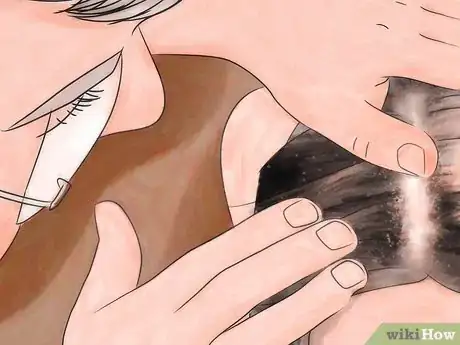
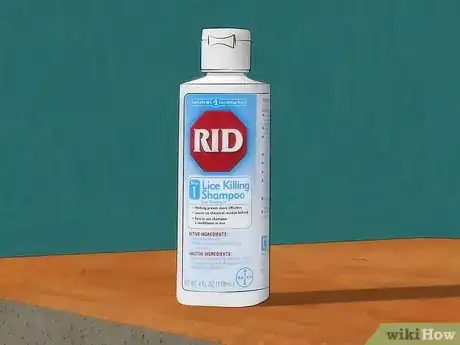

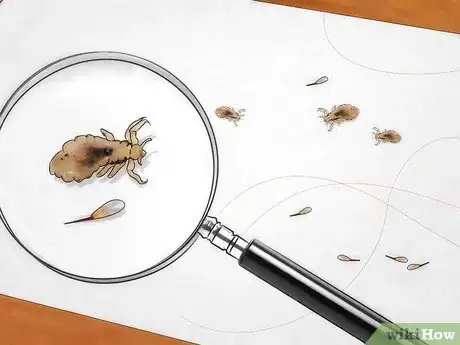
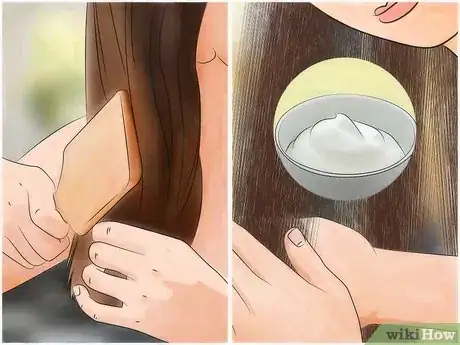

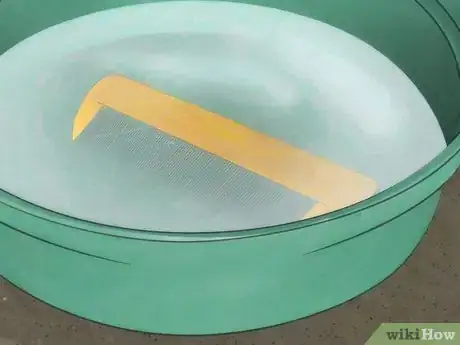

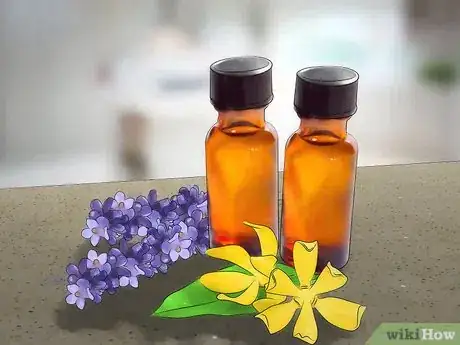
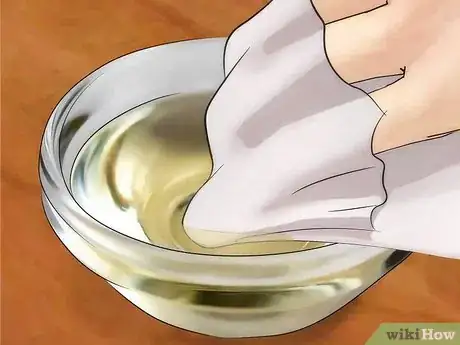
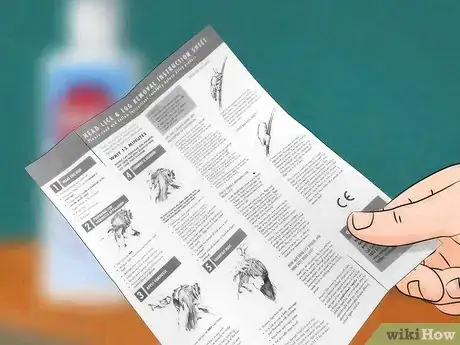
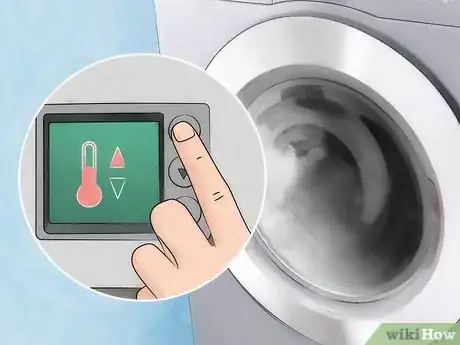
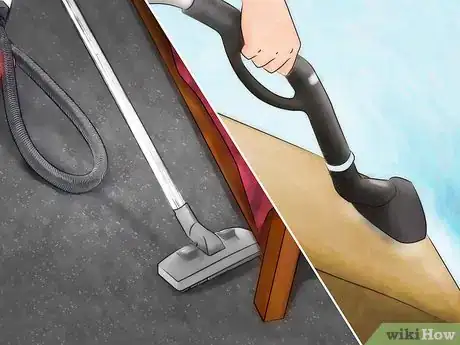
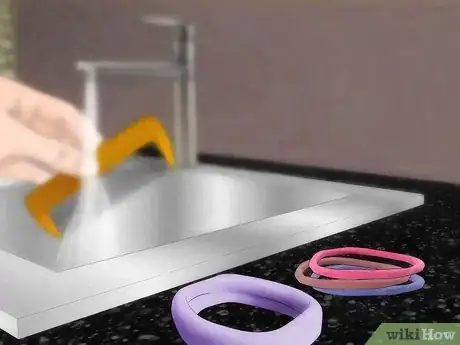
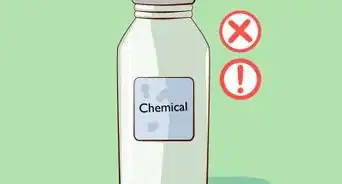
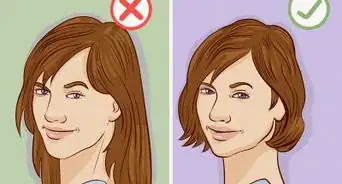
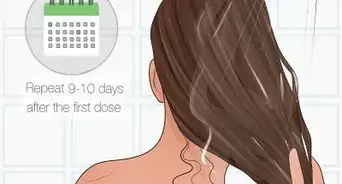
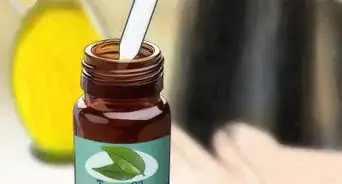
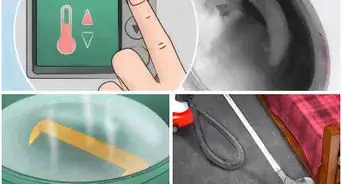
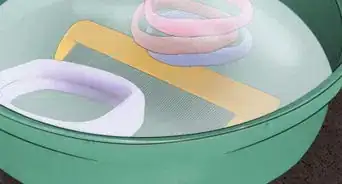
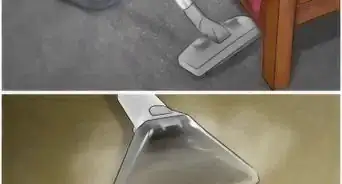
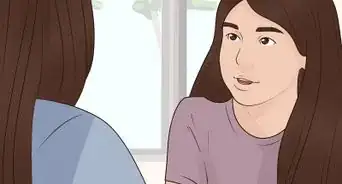
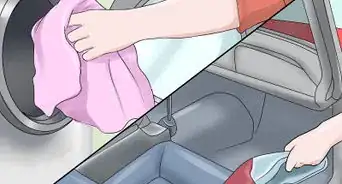
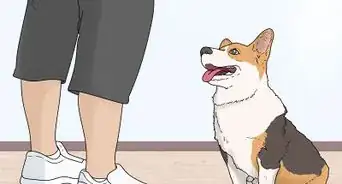










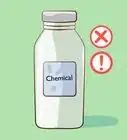
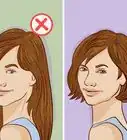
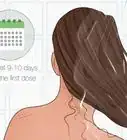
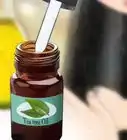



































Medical Disclaimer
The content of this article is not intended to be a substitute for professional medical advice, examination, diagnosis, or treatment. You should always contact your doctor or other qualified healthcare professional before starting, changing, or stopping any kind of health treatment.
Read More...